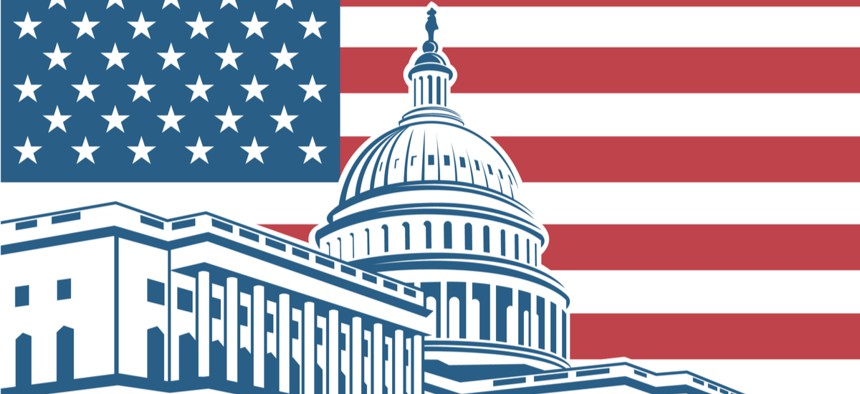Oversight Democrats Want at Least $1B for Technology Upgrades in Next Relief Bill

Alexkava/Shutterstock.com
Lawmakers make the case that the funding should be included in any coronavirus relief package that comes to a vote to help address IT systems struggling due to surge in demand.
Several key Democrats are asking that any coronavirus relief package include a minimum of $1 billion for the Technology Modernization Fund to update antiquated IT systems.
“The Health and Economic Recovery Omnibus Emergency Solutions (HEROES) Act, passed by the House on May 15, 2020, included $1 billion for the TMF to remain available until the end of FY 2022,” reads a letter the lawmakers sent to appropriators Friday. The House Subcommittee on Government Operations “respectfully requests that the forthcoming coronavirus supplemental spending bill include similarly robust funding for the TMF.”
The House bill includes $3.5 trillion in relief while the Senate is expected to release a $1 trillion package next week. Lawmakers are under pressure to pass a new relief bill as measures such as the $600 per week enhanced federal unemployment benefit will expire at the end of July.
The signers of the letter—Reps. Gerry Connolly, D-Va., chairman of the subcommittee, Carolyn Maloney, D-N.Y., chairwoman of the Committee on Oversight and Reform, Jackie Speier, D-Calif., Ro Khanna, D-Calif., Jamie Raskin, D-Md., Robin Kelly, D-Ill., Stephen Lynch, D-Mass., John Sarbanes, D-Md., Jim Langevin, D-R.I., and Alma Adams, D-N.C., and Del. Eleanor Holmes Norton, D.C.—aren’t waiting for the results of the negotiations.
“This funding will enable federal agencies to better respond to the coronavirus pandemic and future national emergencies as well as meet the urgent economic needs of American families,” they wrote to House Speaker Nancy Pelosi, Minority Leader Kevin McCarthy, and Reps. Nita Lowey, D-N.Y., and Kay Granger, R-Texas., the chair and ranking member of the House Appropriations Committee.
The Technology Modernization Fund, created by the Modernizing Government Technology Act of 2017, is designed to be a self-sustaining pool of money agencies can borrow from to update legacy systems. Congress, however, has been hesitant to fund it at authorized levels or administration requests, launching the fund with $100 million rather than the $250 million authorized. Lawmakers added $25 million in subsequent years, with some cautioning they need to see results to increase investment. Last week, House appropriators suggested adding $25 million to the fund for fiscal 2021—$125 million less than the president requested—which would put it at $175 million, if ultimately approved. The Government Accountability Office estimates the fund needs at least $438 million to be self-sustaining.
The House Democrats highlighted shortcomings of government technology in meeting the public’s needs, particularly during the pandemic.
“Throughout this global health crisis, millions of Americans facing illness, unemployment, food insecurity, and an inability to pay their mortgages or rent have looked to the federal government for help,” the letter reads. “Yet despite urgent Congressional action to provide unprecedented levels of economic assistance, those in need have had their misery exacerbated by a broken IT infrastructure that has prevented them from receiving timely support.”
The lawmakers noted that Economic Impact Payments from the Coronavirus Aid, Relief, and Economic Security (CARES) Act were delayed by two months for more than 30 million Americans, the Small Business Administration was unable to process millions of small business applications for loans, and that “for every 10 people who successfully filed for unemployment, an additional three to four were unable to submit claims online.”
NEXT STORY: Oversight Dems push for $1B boost to TMF






